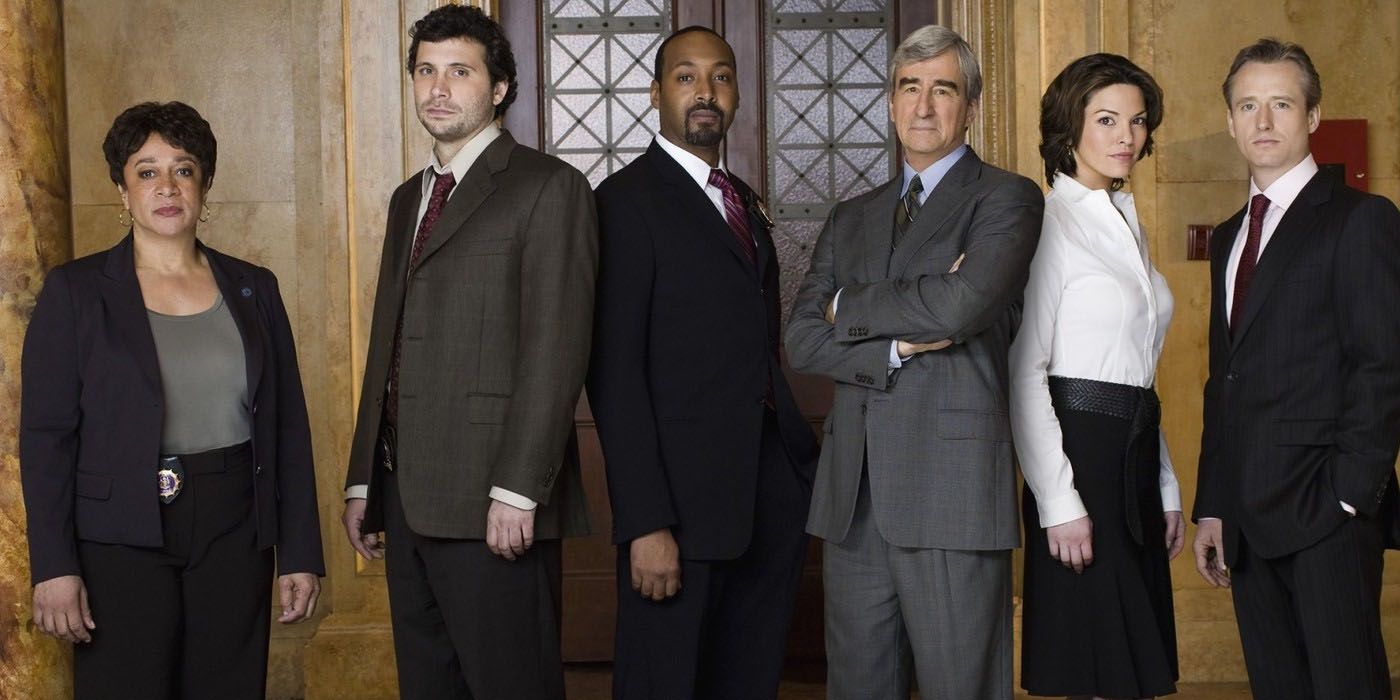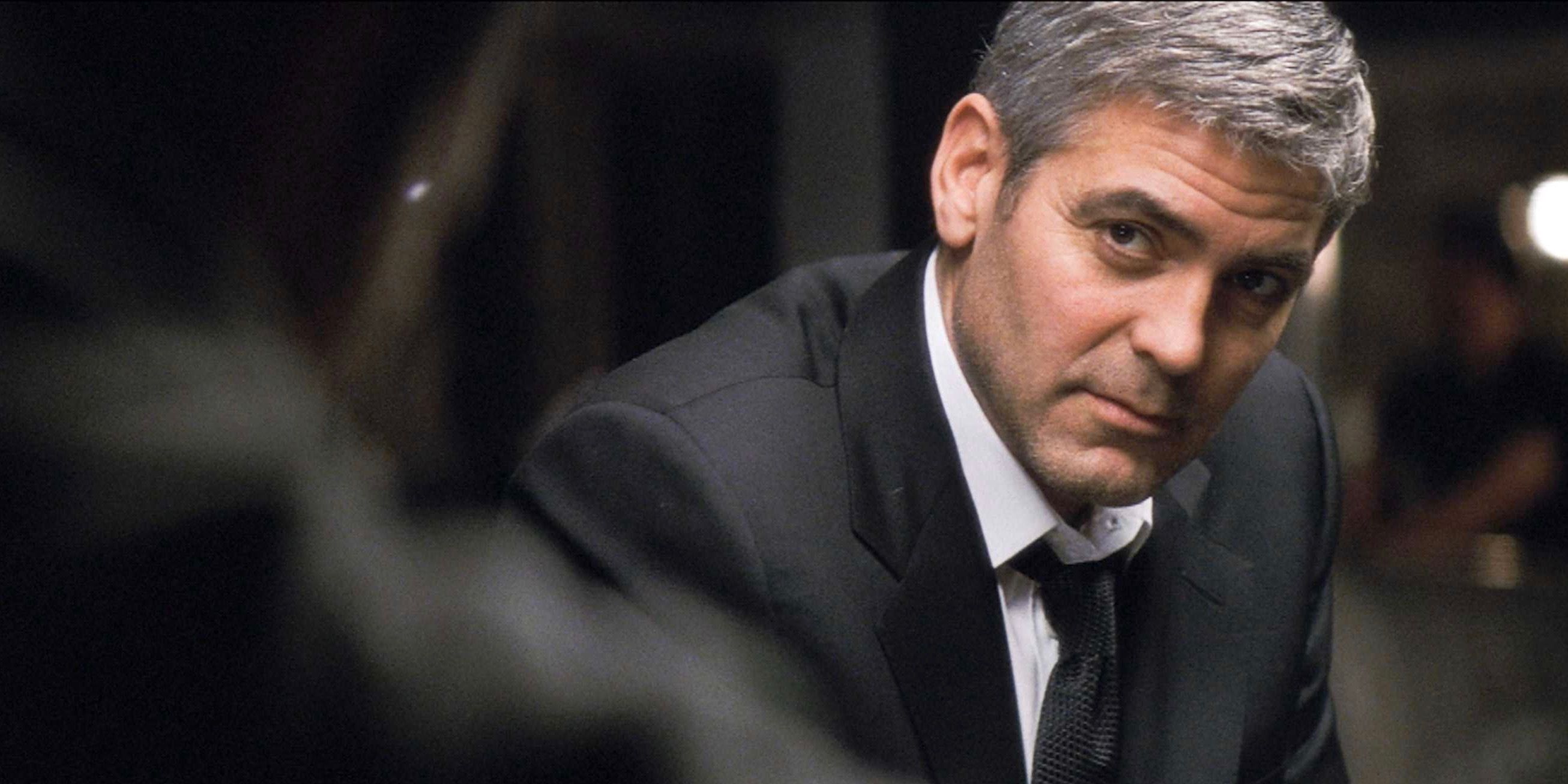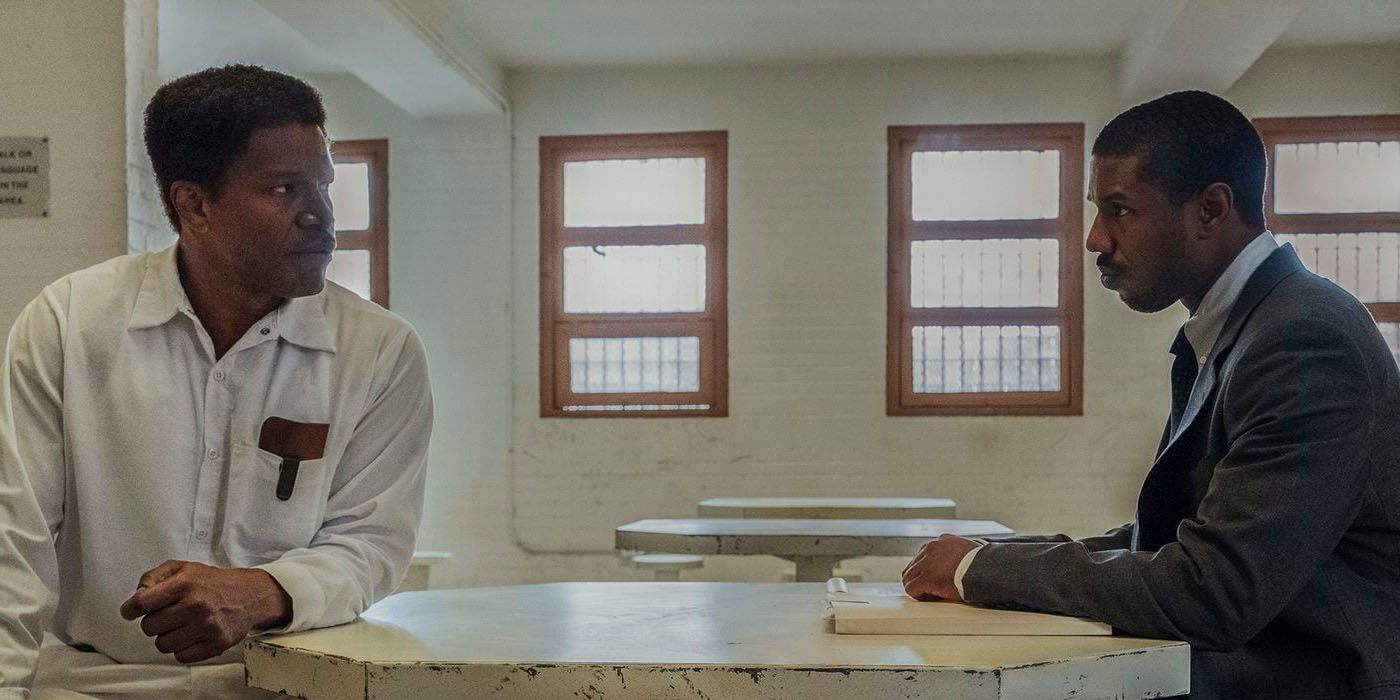Today, the courtroom drama is a rare sight in movie theaters with only a handful of major studio releases in 2019 like Just Mercy and Official Secrets, which is a far cry from the classic Hollywood era that included some of the best films of the subgenre. Academy Award-winning and -nominated films like Anatomy of a Murder, 12 Angry Men, and To Kill a Mockingbird, all released between 1957 and 1962, made the courtroom drama a prestige picture fixture. But why has Hollywood shifted away from this once-reliable subgenre?
The genre held steady, both in terms of quality and quantity into the 1990s with a slew of titles based on novels by John Grisham and most notably the successes of 1992's A Few Good Men and 1993's Philadelphia. Even with that golden decade, though, the early 2000s started a downward trend in courtroom dramas with only a few releases like Michael Clayton (2007) and Erin Brockovich (2000) earning the same level of awards prestige as previous entries in the subgenre.
The decline of the courtroom drama movie can be attributed to a number of factors, including the rise in television shows like Law & Order and David E. Kelley's Ally McBeal and The Practice. Additionally, Hollywood's releases have trended toward bigger budget spectacles with mid-budget genres like the romantic comedy and the courtroom drama being relegated to streaming platforms or TV. Many of these factors were far beyond the control of the people responsible for making these films.
Golden Age of Legal Dramas on Television
Courtroom dramas have been a regular staple of television programming. Going back to the likes of Perry Mason and Dragnet, legal dramas have been a go-to backdrop for episodic storytelling. In the past, TV and film approaches to courtroom fare have managed to coexist, yet over time, that dynamic has been upended in favor of TV courtroom dramas. This shift started with the debut of Law & Order on September 13, 1990, which spawned many spin-offs, and these extensions ensured that the legacy of a popular legal drama would continue on for years to come.
Though Law & Order didn't become popular when it first hit the airwaves, by the end of the 1990s, Dick Wolf's long-running procedural had garnered a spin-off, Law & Order: Special Victims Unit, and numerous case-of the-week imitators like The Practice, Ally McBeal, the NCIS franchise, and JAG, which all proved successful. Thanks to the various Law & Order shows and knock-offs, the 2000s proved to be the golden age for courtroom dramas on television. This golden age inspired a plethora of choices that came with something that courtroom drama movies lacked: a trusty brand name. Why would viewers risk spending $10 on a movie ticket to an unfamiliar courtroom drama movie when they could stay on the couch and get the reliable Law & Order/JAG formula?
The Film Landscape Changed As TV Took Over Courtroom Dramas
Law & Order's expansion into extra spin-offs during the 2000s coincided with the courtroom drama struggling on the big screen. John Grisham's box office draw began to fade with Runaway Jury's (2003) disappointing box office returns, and films like Fracture (2007) came in behind expectations. This was despite both films carrying the type of star-studded casts, like John Cusack and Dustin Hoffman and Ryan Gosling and Anthony Hopkins, respectively, that had helped prior courtroom dramas achieve box office glory.
There was a corresponding drop in awards recognition. Aside from six Oscar nominations for Michael Clayton, including Best Picture, and a Best Supporting Actor nod for Robert Duvall in The Judge (2014), courtroom dramas have been mostly absent from the Oscar stage. Compared to the many nominations garnered by 90s films like A Few Good Men, The People vs. Larry Flynt, The Hurricane, and more, when the Academy recognizes investigative movies, they now feature journalists, like those in Spotlight and Good Night and Good Luck, rather than lawyers.
In addition to the rise of television dramas like Law & Order, part of the reasons for the drop in courtroom dramas' recognition at the box office and during awards ceremonies is on the supply side: fewer mid-budget films are getting made. In the last decade, the American film industry has seen a massive level of upheaval due to movie studios consciously restricting the types of films they make. In a Flavorwire essay entitled How the Death of Mid-Budget Cinema Left a Generation of Filmmakers MIA, writer Jason Bailey explains this phenomenon:
"Back in the 1980s and 1990s [...] it was possible to finance — either independently or via or the studio system — mid-budget films (anywhere from $5 million to $60 million) with an adult sensibility. But slowly, quietly, over roughly the decade and a half since the turn of the century, the paradigm shifted. Studios began to make fewer films, betting big on would-be blockbusters, operating under the assumption that large investments equal large returns. Movies that don’t fit into that box [...] were relegated to the indies [...] While we weren’t looking, the mid-budget adult-oriented motion picture has all but disappeared."
Additionally, audience expectations have changed. In 1996, the courtroom drama A Time to Kill was the eighth biggest film of the 1996 domestic box office. Five years later, the eighth biggest film of 2001 domestically was a Planet of the Apes remake. A new age of blockbusters, buoyed by ever-evolving VFX technology, had emerged, pushing smaller-scale films to the periphery. Blockbusters brought beloved characters like Spider-Man and Gandalf to the screen, and studios gravitated toward these films, which had sequel potential and more explosive production value. Though Al Pacino's monologue at the end of ... And Justice for All might have plenty of bombast, it does not stack up to the spectacle of the new age of Marvel superhero films that would dominate the marketplace by the end of the 2000s.
Can The Courtroom Drama Come Back?
Offering the most hope for the courtroom drama is the genre's most recent entry, Just Mercy. Though Jamie Foxx didn't get the awards attention many were expecting, Just Mercy perfectly executed the formula that made classic courtroom dramas great: it had an interesting case, great performances by a star-studded cast, and resonant, current themes, and as a result, its worldwide grosses doubled its $25 million estimated production budget.
Nevertheless, in the last decade, courtroom dramas have continued to be a rare presence on the silver screen, and it doesn't help that the factors that pushed the courtroom drama out of vogue with movie studios are as prominent as ever. Courtroom dramas and other crime shows are still going strong on TV, and moviegoers still flock primarily to blockbuster fare. However, fans of courtroom drama movies shouldn't lose hope as there has been some pop-up success in previously dead genres. Prestige films like La La Land and Les Miserables briefly brought back the movie musical, True Grit and Django Unchained were successful throwbacks to classic westerns, and the "whodunit" murder mystery movie has seen a major resurrection with Murder on the Orient Express and Knives Out garnering critical praise and audience attention. Perhaps the courtroom drama is the next subgenre to get a prestige reinvention.




